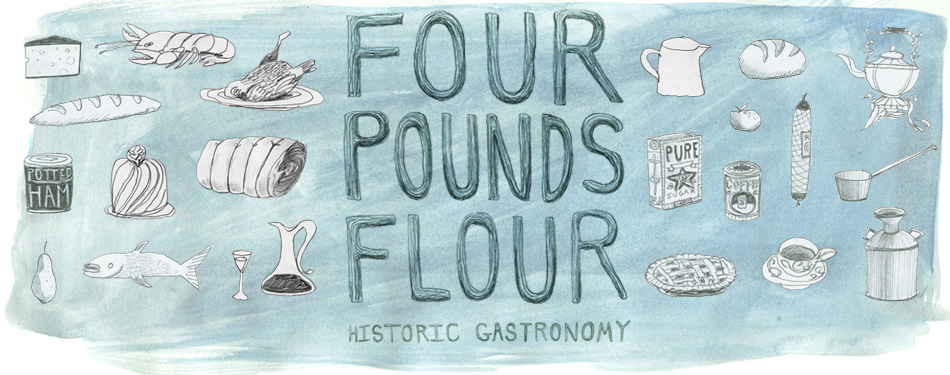While researching this project, I came across an article on Saveur.com listing the “20th century’s most original and essential vegetarian cookbooks.” Here’s what that had to say about The New Cookery, the Kellogg directed cookbook that was the backbone for this experiment:
“In 1913, Lenna Frances Cooper—head dietitian at Kellogg’s Battle Creek Sanitarium—let the world know what was wrong with vegetarian food: it didn’t taste good. The New Cookery, her corrective text, aims for palatability as well as wholesomeness. The temperance advocated by 19th-century health reformers comes through in many of the recipes here—the alcohol-free “Mint Julep”, the coffee-free “Cereal Coffee”—but Cooper’s book will surprise anyone who thinks that Kellogg’s was all cornflakes. The New Cookery is shot through with sugar and drenched with eggs and cream (sometimes all at once, as with “Baked Eggs in Cream”).
History buffs will enjoy the antecedents to today’s mock meats: Protose—a canned Kellogg product of mashed beans, peanut butter, and onion water—is central to the “Meat Substitutes” chapter, with nut meat loaf calling for a full pound of it (to say nothing of Broiled Protose, Protose Cutlets, or Chipped Protose in Cream). Austere black-and-white photographs depict a lablike, sterile kitchen of precise measurements and methods, and scientific explanations of common kitchen activities—”Stirring is accomplished by a rotary motion of the arm”—ensure that even the greenest cook can proceed.”
This is a good summation of my experiences with this book, and this diet. The food was good, rich, and every meal was well-balanced. Cooper took popular French cuisine, and melded it with Kellogg’s teachings. True to Kellogg’s dictum, my bowels celebrated by leading me to the bathroom with incredibly regularity–two to three times a day.
My only complaint: I found many of the recipes to be terribly under-seasoned, depending only on a few tablespoons of grated onion, a pinch of salt, or a drizzle of cream to add essential flavours. Regardless, I am PUMPED for my upcoming dinner party, and after this week, I am confident that even though the there won’t be a speck of meat to be found, the food will still go over well.
And now every time I sit down to a bowl of corn flakes or a slice of tofurkey, I’ll think of Kellogg, and the foundation he laid for not just the modern vegetarian diet, but the modern American diet as well.
